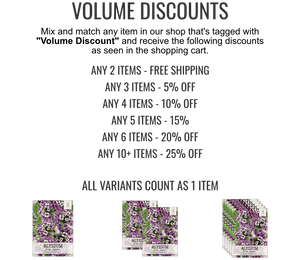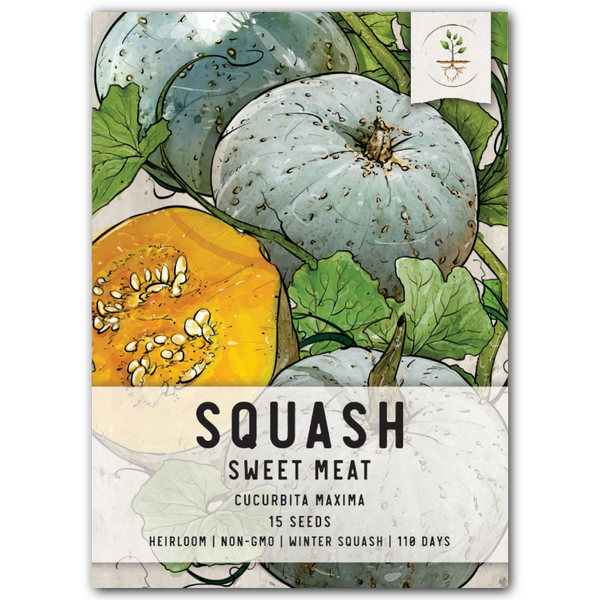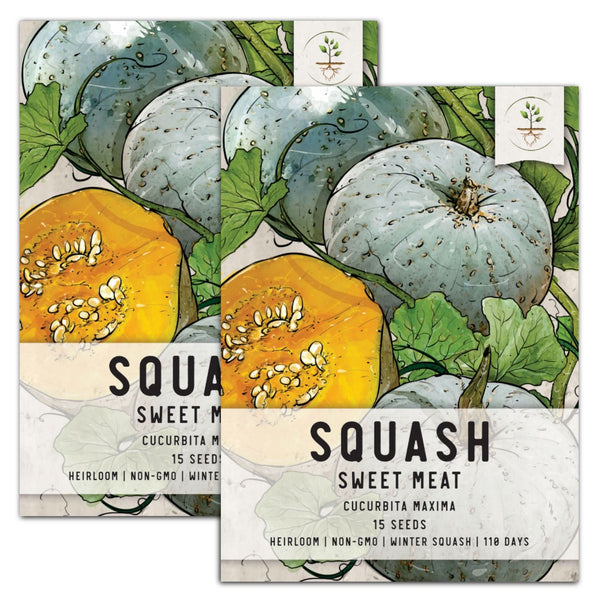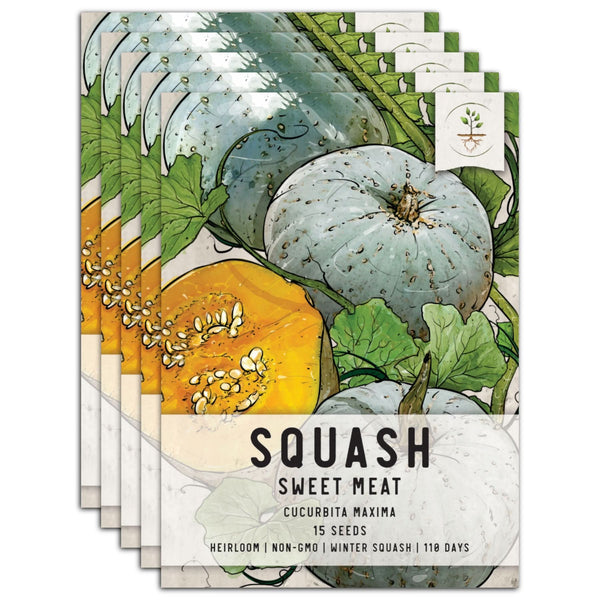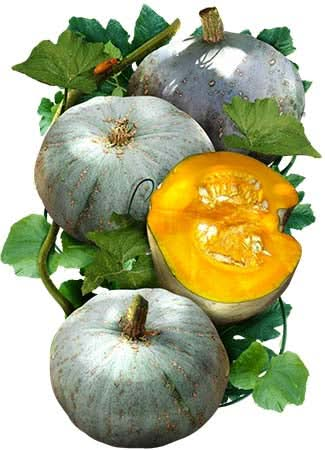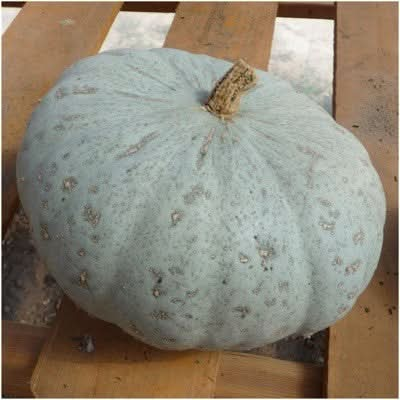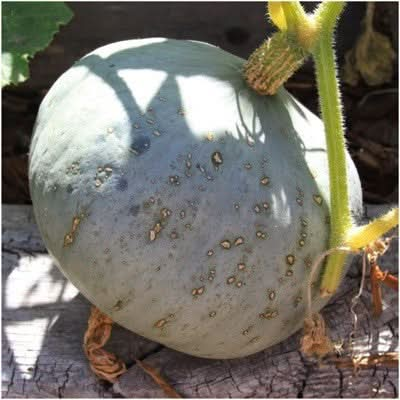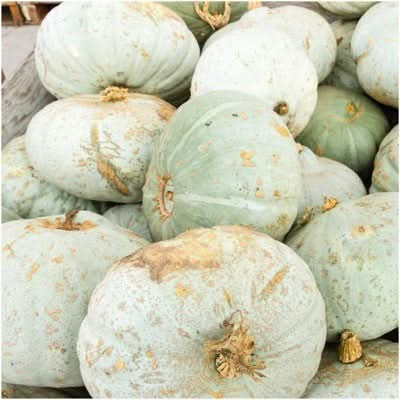Sweet Meat squash, a distinctive variety of winter squash, originated in the Pacific Northwest of the United States, specifically through the efforts of the Gill Bros. Seed Co. in Portland, Oregon in the late 1940s. This squash is the result of hybridizing the Sugar Hubbard, combining its traits with other squash varieties to produce a fruit with sweet, dry flesh that's perfect for roasting or baking. Known for its storability, Sweet Meat squash ripens to a slate gray color and can weigh between 12 to 25 pounds, offering a rich flavor that sweetens with age. Its development was characterized by meticulous breeding for organic systems, making it a favorite not only for its taste but also for its resilience and adaptability in various growing conditions.
The primary difference between winter squash and summer squash lies in their maturity when harvested and culinary uses. Winter squash, like the Sweet Meat, are harvested when fully mature, with hard, inedible rinds that can be stored for months. They typically have a higher nutrient density, often featuring denser flesh that's sweet and starchy, making them ideal for roasting, baking, or using in dishes where a robust, sweet flavor is desired. Conversely, summer squash, including varieties like zucchini and yellow squash, are harvested when immature, with soft, edible skins. They have a higher water content, a milder flavor, and are best consumed fresh. Summer squash are usually cooked quickly or eaten raw, valued for their texture and freshness rather than for storage. This distinction in harvesting time and physical characteristics directly influences how each type of squash is used in culinary applications.
